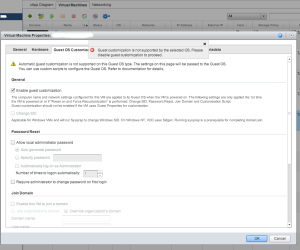When it comes to networking, Linux kernel is really superior over Windows. Some will ask why? Apart from performance point of view, there are some great features in Linux that can not be deployed in Windows easily. To give an example, let’s think about 2 important features: support for VLAN and trunking (802.1q) and NIC teaming or Link aggregation (802.1ad).
As far as I know, Windows kernel doesn’t support 802.1q and it all depends on NIC driver and for 802.1ad Windows support starts from Windows 2012 which means it’s too young! and who knows how it works! but both are prolonged features in Linux kernel.
And these features are really useful; for example when one single computer needs to be part of different VLAN’s it needs to be connected to a trunk port on the switch; therefore should understand VLAN tags and decapsulate packets. This single computer can even act as a router between different VLAN segments. Connecting to different VLANs means more traffic, so it’s not a bad idea to double (as an example) its bandwidth by aggregating (bonding) two NIC’s to improve performance. I’m providing 2 links to show how to implement 802.1q and 802.1ad in a single Linux machine with 2 or more NIC’s:
And to have an idea about combining these 2 features, see:
- Linux Networking: Bonded Interfaces and VLANs
- Bonding and VLAN on Wheezy (although it’s talking about a bug, but configuration is comprehensive)

